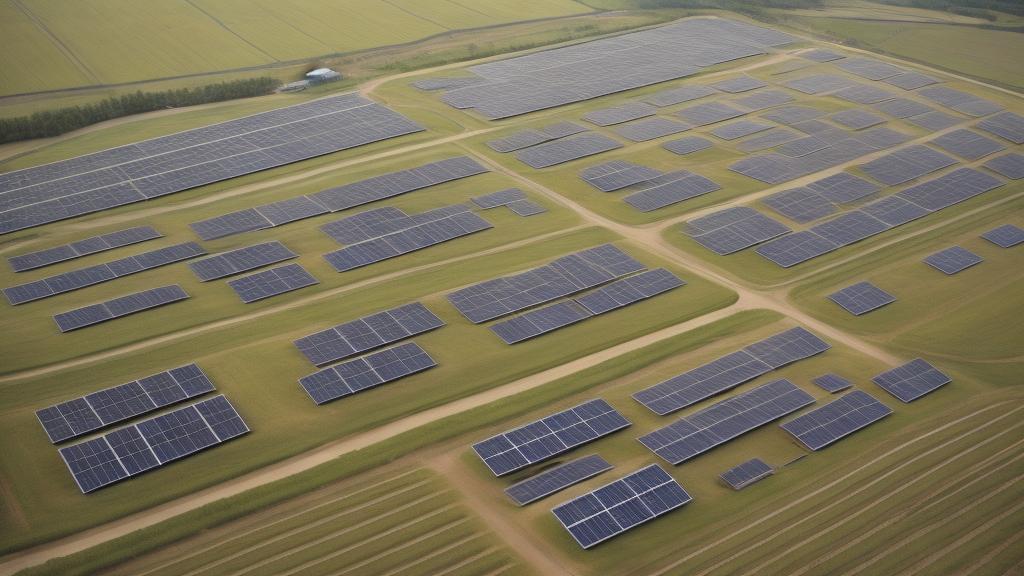In recent years, community solar projects have emerged as an increasingly popular method for harnessing renewable energy, offering a viable option for individuals and businesses who lack the ability to install rooftop solar panels. These projects allow multiple participants to share the benefits of a single solar array, thereby democratizing access to clean energy. However, the full impact of these projects is often underestimated.
For many, community solar has opened the door to renewable energy in a way that wasn't previously possible. This model is particularly effective for urban areas where rooftop space is limited. Participants can subscribe to a portion of a community solar farm, and in return, receive credits on their utility bills for the electricity generated. It's a win-win situation, promoting renewable energy without necessitating significant structural changes to individuals' homes or businesses.
Community solar projects don't just provide environmental benefits; they also have profound social and economic implications. They create local jobs and bring communities closer together. By investing in these projects, neighborhoods can become more self-reliant and resilient against energy supply challenges. Additionally, they often have educational components, helping to raise awareness about the benefits of renewable energy.
One of the most compelling aspects of community solar projects is their potential to alleviate energy poverty. Low-income households, who generally spend a higher percentage of their income on energy bills, can benefit significantly from the savings provided by community solar subscriptions. This contributes to a more equitable distribution of renewable energy benefits across different socioeconomic groups.
However, there are challenges that need to be addressed to maximize the impact of community solar. Regulatory hurdles can vary widely from one region to another, affecting the ease with which these projects can be implemented. Additionally, financing remains a critical issue, as upfront costs can be prohibitive for many communities. Therefore, effective policy frameworks and financial mechanisms are essential to support the growth of community solar.
Despite these challenges, innovative solutions are emerging. For instance, some states are adopting virtual net metering policies, which allow the energy produced by community solar projects to be credited to multiple utility accounts. There's also growing interest in models like subscription-based financing, which can lower the barrier to entry by spreading costs over time.
Another promising development is the rise of hybrid community solar projects that integrate additional renewable sources such as wind or hydro. These hybrid systems can provide more stable and reliable energy outputs, further enhancing their appeal and efficacy.
In conclusion, while community solar projects might not receive as much attention as large-scale renewable energy initiatives, their impact is substantial and far-reaching. By creating more opportunities for broad participation in clean energy, they play a crucial role in the transition to a more sustainable and equitable energy future. The key to amplifying their impact lies in supportive policies, innovative financing solutions, and continuous community engagement.
the underestimated impact of community solar projects

